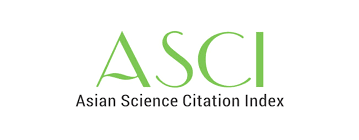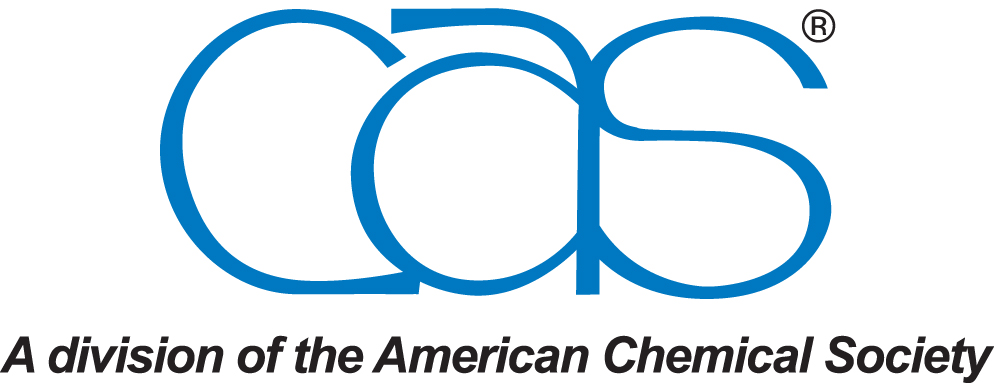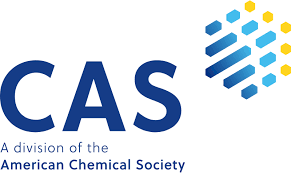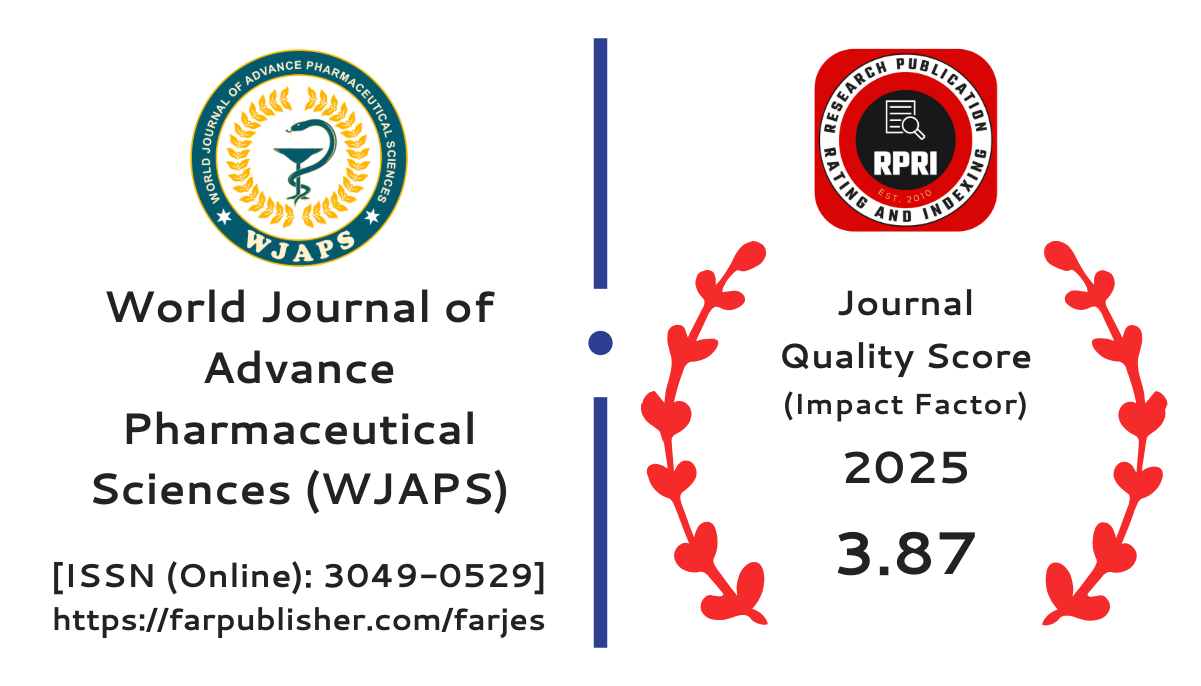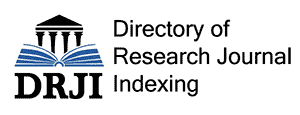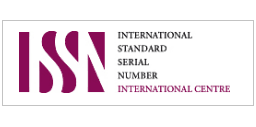EVALUATION OF DISPENSING ERRORS IN SHEGAR OROMIYA, ETHIOPIA: FREQUENCY, KIND, AND CAUSES
Takele Achalu Dengela*
Introduction: The goal of dispensing is to guarantee that the appropriate medication is administered to the appropriate patient in the appropriate dosage, the appropriate form, with the appropriate instructions, and in a container that preserves the medication's efficacy. The amount of data from Shegar Oromiya Primary hospitals in Ethiopia, however, is insufficient to determine the magnitude of dispensing error and its cause. Objective: Determine the various types of dispensing errors, their causes, and their occurrence in the pharmacy at Primary hospitals in Shegar Oromiya Ethiopia to enable taking the necessary measures. Method: From March to June 2022, a cross-sectional prospective study in the OPD pharmacy at Primary hospitals in Shegar Oromiya Ethiopia was carried out using a systematic observational check list. (EPH). To further look into the potential causes of the dispensing error, extensive interviews with the hospital's pharmacists and druggist were also done. Result: In this study, 384 patient prescriptions were examined, and the dispensing errors that were discovered were divided into four groups: errors in patient identification, content, labeling, and teaching or counseling of patients. In total, 384 prescriptions were written; of these, 27.9% were missing the patient's name, 59.9% were missing their age, and 59.9% were written without the patient's sex having been verified beforehand. Among the 733 medications prescribed, only 7.3% contained labels including the drug name, patient name, patient's age, sex, and usage instructions. There are no warnings or expiration dates on the labels of any pharmaceuticals. 11.5% of folks are also familiar with drug storage locations. No one among the 384 patients tested knew how to manage any of the drugs' negative effects. Conclusion: This study revealed four primary categories of dispensing errors in EPH: patient identification, substance, labeling, and counseling problems. Labeling and patient identification receive the highest percentages, but content error and counseling error receive the lowest percentages. The pharmacist/druggist has identified a number of factors that contribute to dispensing errors, such as heavy patient workloads, illegible handwriting, unfavorable dispensing conditions, a lack of hospital pharmacy work flow systems, and others.
[get full article]



